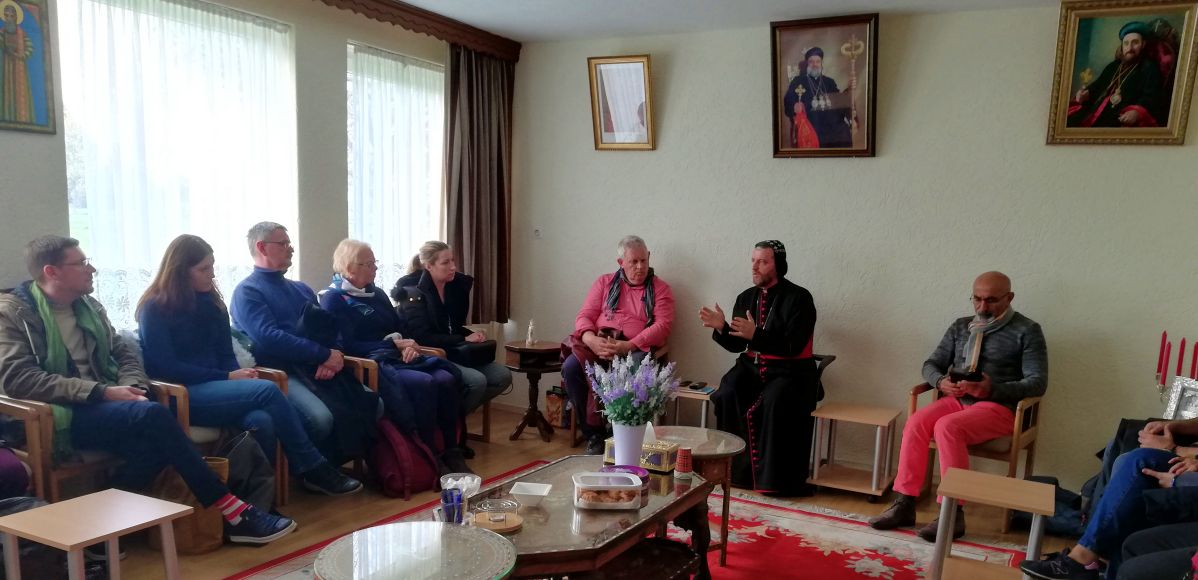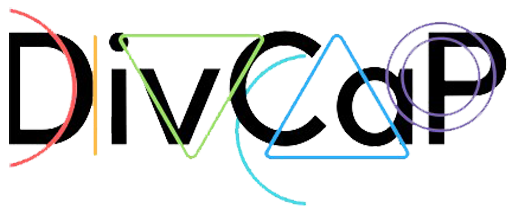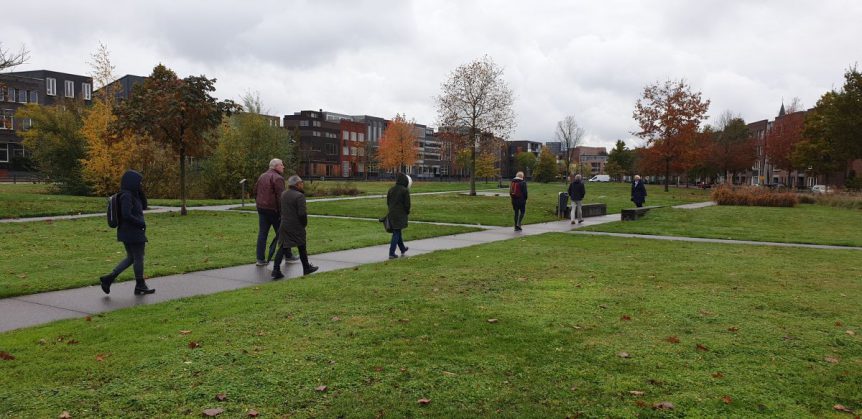3rd Applied Diversity Awareness Workshop in Enschede
Input about the skill of reflection
Diversity is mainly about observation and reflection, which means a thoughtful talk, walk and realization of your surrounded habitat. Observation and reflection had been already part in meetings before. We wanted to deepen the understand and provide some theoretical considerations regarding reflection. Therefor we started the third workshop by a presentation of Martin Gössl on applied methodology of reflection.
Martin Gössl started his input by explaining the “Professional Capability Framework (PCF)”, which was developed by the Social Work Reform Board: Professional Standards Framework. It describes diversity, critical reflection and analysis as essential to this standard. Effective reflection should be active, intentional and in journalistic cycle. The presentation highlighted that it is essential to link reflection with learning. Furthermore, self-assessment – in the sense of application of a personal development methodology – is a related and also important process. Finally, a transparent systemic framework was presented to the audience, “A Comparative Analysis of Reflection and Self-Assessment” by Melissa Desjarlais and Peter Smith (2011). The framework analysis the differences of reflection and self-assessment and provides a step by step methodology how to put both approaches into practice. This framework guided the participants for the upcoming reflection.
Practical reflection exercise
In a consequence the participants of the workshop were invited to pair in two or three, define an observing aim and put this observation into a reflection and self-assessment.
It was stressed, that it important to define and specify what the groups are going to observe during the forthcoming visits, to be able to focus and make a conscious choice. The groups had 15 minutes to decide and define what they wanted to observe and base their reflection upon, before setting out.
Field visit to Roombeek quartier
The field trip started with a talk of a guide in “De Museum Fabriek”. The tour guide explaining the tragic history of Roombeek quartier. Roombeek is a district of Enschede, originally a working-class suburb. The explosion of the Enschede fireworks factory in May 2000 completely destroyed the district, only the remnants of some larger buildings remained. Over time, the district was largely rebuilt. The guide stressed the importance that was given to the involvement of the local population in rebuilding the quartier. The urban architect Pi de Bruijn, responsible for the rebuilding, made sure that the local residents could get active and participate in the design and rebuilding of their quartier.
In the second part of the visit, the guide took the group on a walking tour through the district. The walk lead through the quartier, past the rebuild buildings like terraced houses or office blocks. Furthermore, we stopped at a park and a monument to the victims of the disaster. The result of the participatory process was very visible throughout the visit: the terraced houses and other buildings had their unique character and shape; not common for the Netherlands, where the houses are usually built in a uniform style.

Visit of the Syrian Orthodox monastery
In the afternoon, the group visited the Syrian Orthodox monastery in Glane, in the outskirts of Enschede. The bishop of the Syrian Orthodox church in the Netherlands welcomed the group. In a talk he explained about the background of Syrian Orthodox church and its history in the Netherlands.
During the visit, one specific aspect of the topic of diversity became apparent, the topic of religious diversity. Furthermore, the issue of identity of the diaspora of the first and second generation of migrants with a Syrian orthodox denomination were explored.

